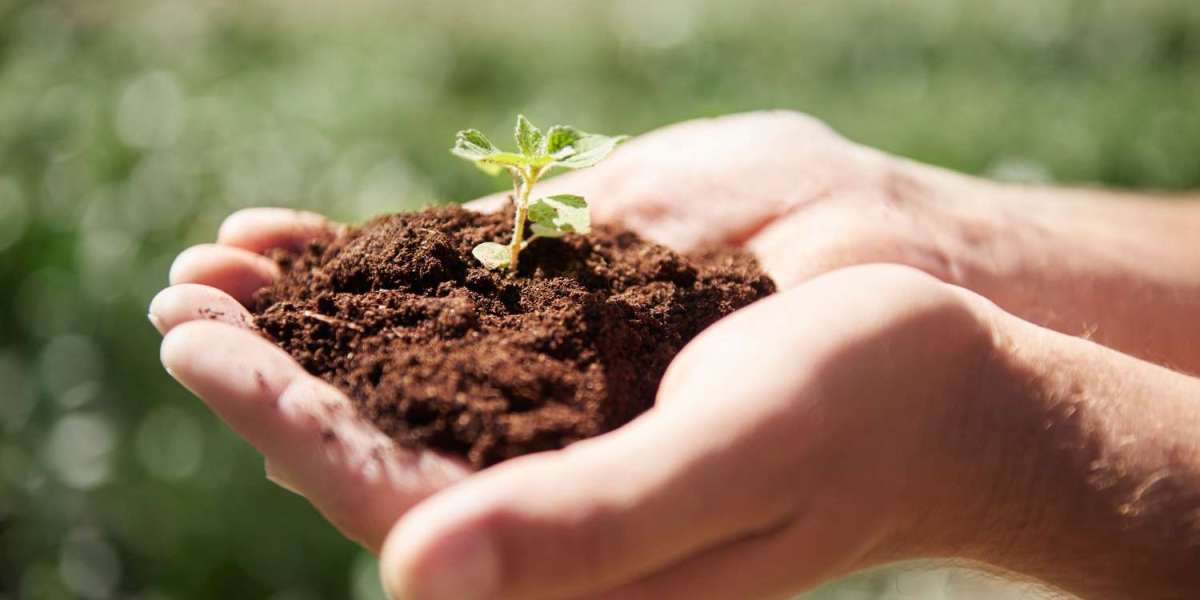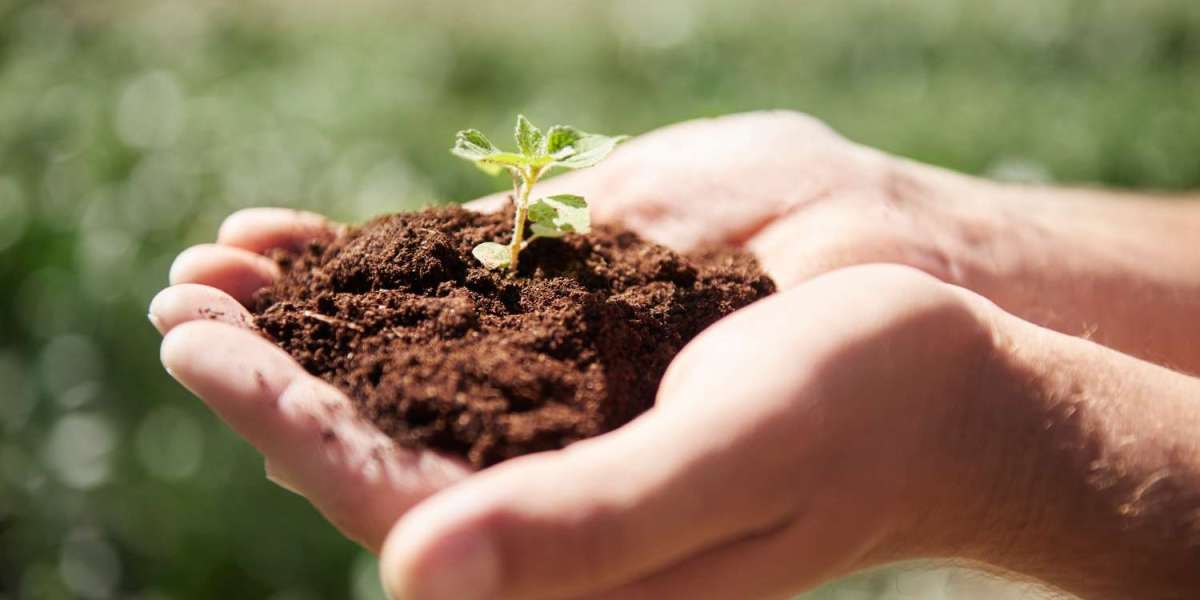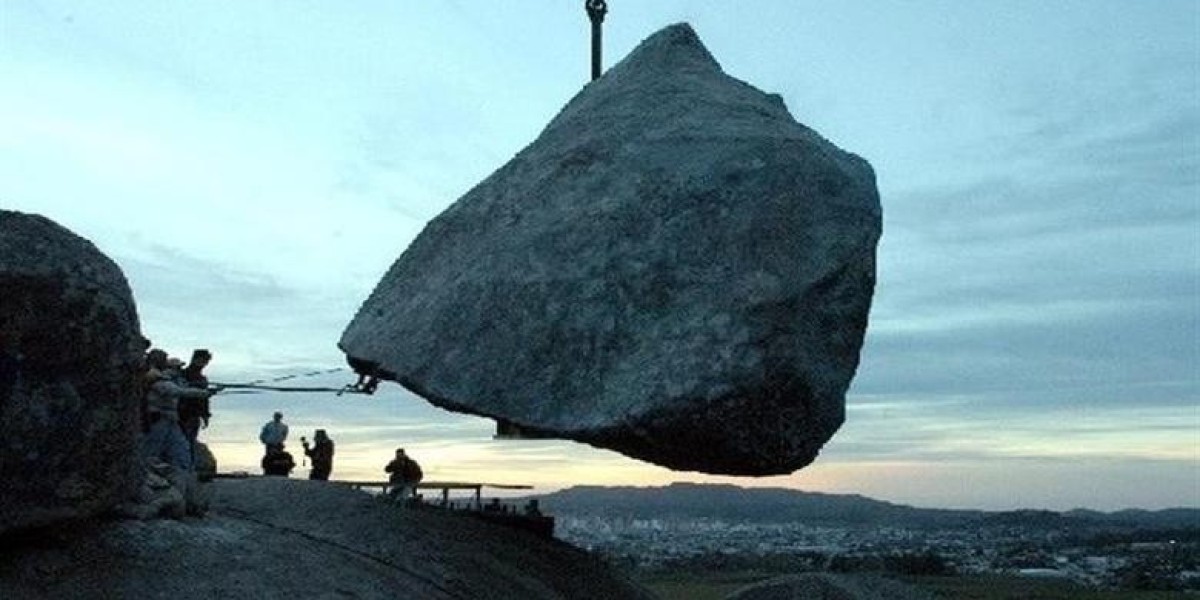article image source: freepik.com (Link)
Soil: The Overlooked Key to Solving the Climate Crisis
The global climate conversation often centers on reducing fossil fuel use, expanding renewable energy, and rethinking our food systems. As world leaders gather at COP30 to negotiate tougher climate commitments, these priorities dominate the agenda. Yet one of the most powerful tools for tackling the climate crisis is not a new technology or a radical policy shift—it is right beneath our feet: soil.
Despite being the planet’s largest natural carbon sink, soil remains almost invisible in most national climate plans. Experts argue that this oversight could be a critical mistake, especially as the world races to meet the Paris Agreement goal of limiting global warming to well below 2°C, and ideally to 1.5°C.
advertisement
Why Soil Matters More Than We Think
For years, soil received little attention in environmental policy. That started to change in 2015, when France launched the four per 1,000 initiative at COP21. It proposed that if agricultural soils increased their carbon stocks by just 0.4% per year, this could offset nearly all annual global greenhouse gas emissions.
Healthy soil is alive: it feeds the majority of the world, regulates water cycles, and stores more carbon than all Earth’s vegetation combined. In fact, soil contains twice as much carbon as forests and grasslands together. But this capacity depends entirely on soil health. When soil becomes degraded, it doesn’t store carbon—it releases it.
New Findings: Soil Could Offset 27% of Needed Emission Reductions
A recent report by Aroura Soil Security Think Tank, IUCN WCEL, and the Save Soil campaign reveals that soils store over 2,800 gigatonnes of carbon in the top one meter—far more than previously estimated. This means soil contains 45% more carbon than earlier believed.
Even more striking, the report suggests that 27% of the emission reductions required to keep warming below 2°C could be achieved through soil carbon sequestration, if soils are restored and maintained in good condition. This equals about 3.38 gigatonnes of CO₂ per year, a meaningful share of global emissions.
Yet in spite of this potential, 70% of nations still exclude soil restoration from their Nationally Determined Contributions (NDCs) for 2035.
Experts warn this is a missed opportunity—and a dangerous one.
Soil as a Living Entity
Praveena Sridhar of the Save Soil movement emphasizes that soil must be understood not as inert dirt, but as “the living skin of the planet”. A single handful of healthy soil contains a rich web of life and an enormous capacity to store carbon and water. Protecting soil, Sridhar argues, is both an environmental obligation and a generational responsibility.
The High Cost of Soil Degradation
Currently, degraded soils could release as much as 4.81 billion tonnes of CO₂ every year—similar to the annual emissions of the United States. With 40% of global land already degraded, and projections suggesting this may rise to 90% by 2050, the stakes are high.
The report highlights alarming scenarios:
CO₂ emissions from degraded US soils alone equal the output of 75 million cars.
If just 1% of Europe’s soil carbon were released, it would be equivalent to emissions from one billion cars.
These comparisons show how closely climate stability is tied to the health of soil systems.
How Soil Degradation Happens—and How to Stop It
Soil degradation is often driven by human activity: unsustainable farming, overgrazing, deforestation, and the overuse of chemicals. Natural forces like wind and rain also contribute, especially when land is exposed.
There are proven solutions:
Crop rotation and cover crops add organic matter and improve structure.
Reduced chemical use helps preserve soil biodiversity.
Composting enriches soil naturally.
Regenerative agriculture practices rebuild soil carbon instead of depleting it.
These techniques not only protect ecosystems—they strengthen food security and resilience against climate extremes like drought and flooding.
Why Soil Needs Global Action
According to Dr. Irene Heuser of the IUCN WCEL, soil remains unprotected because no comprehensive international treaty or binding legal framework exists. Without clear targets, nations rarely prioritize soil in their climate strategies.
Heuser stresses that achieving true soil security requires concerted action: policymakers, farmers, industries, and consumers must all play a role. Updating the legal status of soil, she argues, is essential to safeguard it for future generations.
Conclusion: A Climate Solution Hidden in Plain Sight
As the world confronts an escalating climate emergency, the solutions we need may not always come from innovation or negotiation—they may lie quietly beneath our feet. Soil is not just a resource; it is a living system that feeds the planet, regulates water, and stores vast amounts of carbon.
By restoring and protecting soil, humanity has the opportunity to unlock a natural climate solution capable of cutting emissions, stabilizing ecosystems, and strengthening our resilience. The science is clear, and the potential is enormous. What remains is the will to act.
In recognizing soil as a partner in the fight against climate change, we take a crucial step toward a more stable, regenerative, and hopeful future.
Sources
Euronews Green – The secret to tackling the climate crisis could be right under our feet
https://www.euronews.com/green/2025/11/20/the-secret-to-tackling-the-climate-crisis-could-be-right-under-our-feet-heres-why
Thank you !









